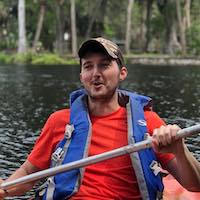Evan Milliken (UF Mathematics)
368 Little HallPredicting disease outbreak in models of aquaculture Infectious Salmon Anemia (ISA) virus (ISAv) is an Orthomyxovirus which causes ISA in a variety of finfish including Atlantic salmon (Salmo salar L.). The disease has resulted in large mortality events and associated economic losses to the salmon culture industries in nearly all major salmon producing countries. We …







